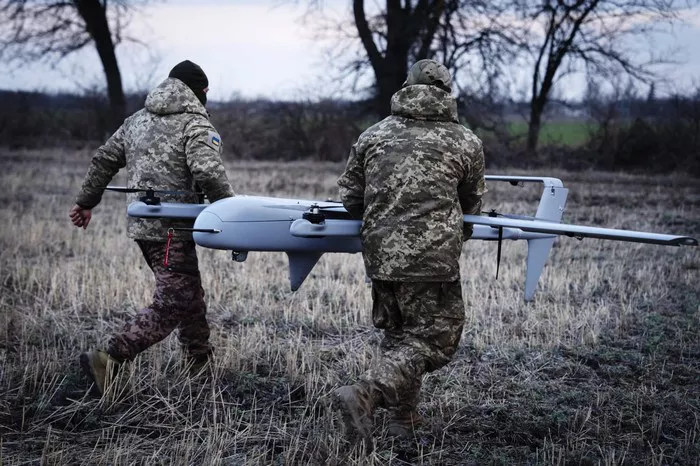The U.S. Army is fast-tracking a sweeping transformation of its force structure and acquisition strategy after Ukraine’s recent drone attack on Russian bombers showcased the power of cheap, commercial technology to inflict massive military damage.
Over the weekend, Ukrainian forces used low-cost drones to destroy Russian strategic aircraft in a precision assault that reverberated around the world within hours, thanks to open-source video footage. For Army leaders, the attack is a real-time demonstration of how the battlefield is evolving — and why the U.S. must evolve with it.
“This was a really good example of just how quickly technology is changing the battlefield,” said Gen. Randy George, Chief of Staff of the Army, speaking Monday at an AI-focused conference hosted by the Special Competitive Studies Project. “We’re going to need a lot more agility in how we buy things.”
George criticized the Pentagon’s traditional five-year Program Objective Memorandum (POM) cycle as too slow to respond to fast-moving innovations like drones, electronic warfare tools, and off-the-shelf communications gear. Instead, he advocated for a new, accelerated approach that the Army is piloting through its “transforming-in-contact” initiative — embedding experimental technologies directly into units and letting soldiers field-test them during live exercises.
One recent unit at the Joint Readiness Training Center at Fort Johnson, Louisiana, trained with nearly 400 drones, far surpassing the previous record. The technology is updated constantly, George emphasized, to avoid obsolescence.
“Drones are going to constantly change. We’re playing a cat-and-mouse game with counter-UAS. So we have to be agile,” he said.
The Ukraine attack also underscored how inexpensive technologies can upend traditional defense economics. “Look at how cheap those systems were compared to what they took out,” George noted. “We have to be thinking about that with everything we’re doing.”
Adding to the urgency is the increasing transparency of modern warfare. “You can’t really hide anymore,” said George, referencing the speed at which battlefield video was disseminated globally. “Everything was out there on open source.”
The drone strike comes at a pivotal moment for the Army. In April, it announced the Army Transformation Initiative (ATI) — a sweeping reform that will shrink headquarters, recycle $3 billion in budget cuts into new tech investments, and turn the service into what leaders call the “innovation engine” of the Pentagon.
“We fundamentally believe the Army should be the innovation engine of the Pentagon,” said Secretary Dan Driscoll at the same event. “But we have to earn that right. We’ve made the cuts. We’re recycling it to buy the things we want and need. We’re going to continue to run that engine and innovate.”
The shift is part of a broader effort to ensure U.S. forces stay ahead in a world where battlefield advantages can now be built — and lost — at the speed of a drone.
Related topics:

